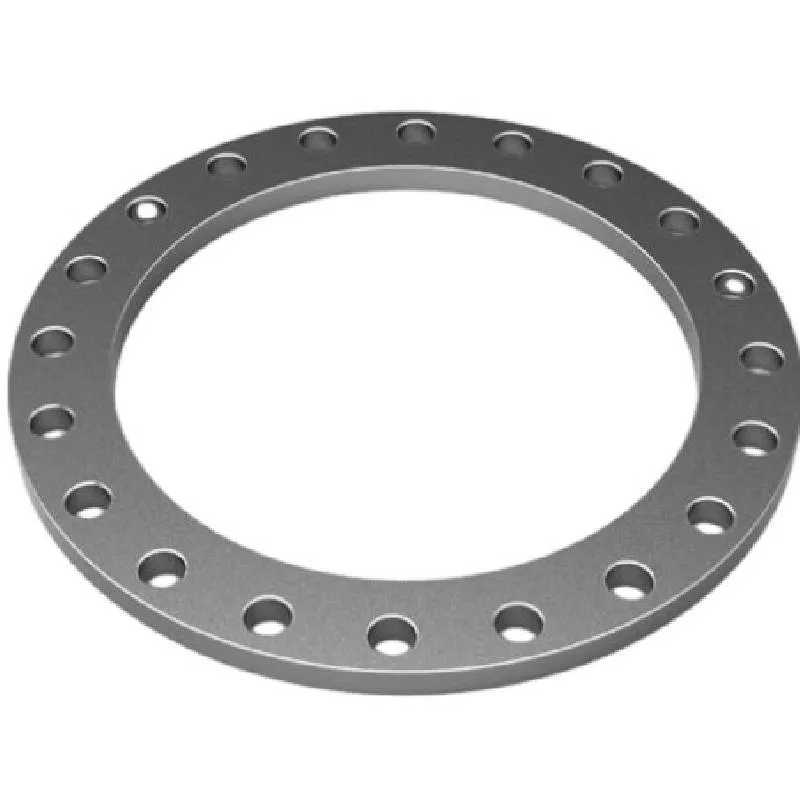-
Cangzhou Yulong Steel Co., Ltd.
-
Phone:
+86 13303177267 -
Email:
admin@ylsteelfittings.com
- English
- Arabic
- Italian
- Spanish
- Portuguese
- German
- kazakh
- Persian
- Greek
- French
- Russian
- Polish
- Thai
- Indonesian
- Vietnamese
- Zulu
- Korean
- Uzbek
- Hindi
- Serbian
- Malay
- Ukrainian
- Gujarati
- Haitian Creole
- hausa
- hawaiian
- Hebrew
- Miao
- Hungarian
- Icelandic
- igbo
- irish
- Japanese
- Javanese
- Kannada
- Khmer
- Rwandese
- Afrikaans
- Albanian
- Amharic
- Armenian
- Azerbaijani
- Basque
- Belarusian
- Bengali
- Bosnian
- Bulgarian
- Catalan
- Cebuano
- China
- China (Taiwan)
- Corsican
- Croatian
- Czech
- Danish
- Esperanto
- Estonian
- Finnish
- Frisian
- Galician
- Georgian
- Kurdish
- Kyrgyz
- Lao
- Latin
- Latvian
- Lithuanian
- Luxembourgish
- Macedonian
- Malgashi
- Malayalam
- Maltese
- Maori
- Marathi
- Mongolian
- Myanmar
- Nepali
- Norwegian
- Norwegian
- Occitan
- Pashto
- Dutch
- Punjabi
- Romanian
- Samoan
- Scottish Gaelic
- Sesotho
- Shona
- Sindhi
- Sinhala
- Slovak
- Slovenian
- Somali
- Sundanese
- Swahili
- Swedish
- Tagalog
- Tajik
- Tamil
- Tatar
- Telugu
- Turkish
- Turkmen
- Urdu
- Uighur
- Welsh
- Bantu
- Yiddish
- Yoruba

Nov . 19, 2024 03:19 Back to list
Exploring the Features and Benefits of En 1092 1 PN10 Standards
The Intricacies of EN 1092-1 PN10 Understanding Flange Standards in Industry
In the world of industrial piping and mechanical engineering, standardization plays a pivotal role in ensuring the safety, reliability, and interoperability of various components. One such standard that holds significant importance is the EN 1092-1 PN10 flange standard. This article aims to provide an in-depth understanding of this standard, its specifications, applications, and importance in various industries.
EN 1092-1 is a European standard that specifies the requirements for metallic flanges used in piping systems. It outlines various types of flanges, their designs, and dimensions, providing a crucial framework for engineers and manufacturers to follow. The PN in PN10 stands for Pressure Nominal, which defines the pressure rating of the flange. The 10 indicates that the flange is designed to handle a maximum pressure of 10 bar, or approximately 145 psi. This classification is essential as it helps in selecting the appropriate flange based on the pressure and temperature conditions of the system in which it is used.
The Intricacies of EN 1092-1 PN10 Understanding Flange Standards in Industry
One of the primary advantages of using EN 1092-1 PN10 flanges is their widespread acceptance and compatibility with various piping systems in different industries. Whether in oil and gas, petrochemicals, water treatment, or construction, EN 1092-1 flanges can be found in a multitude of applications. Their standardized nature allows for easy replacement and maintenance, reducing downtime and operational costs.
en 1092 1 pn10

Moreover, the manufacturing processes for EN 1092-1 flanges adhere to stringent quality control measures, ensuring that each flange meets the required strength and durability standards. Typically made from materials such as carbon steel, stainless steel, and alloy steels, these flanges are engineered to withstand corrosive environments, high temperatures, and mechanical stresses. This durability is crucial in high-pressure applications where flange failure could lead to catastrophic results.
In addition to design and material considerations, the standard also addresses testing methods for flanges. Comprehensive testing ensures that flanges can endure the designated pressure ratings under various conditions. This aspect is crucial for maintaining industry safety standards and protecting personnel and property from potential hazards.
The importance of EN 1092-1 PN10 flanges extends beyond just physical properties; they are integral in adhering to safety regulations and best practices in engineering. By following standardized practices, companies can ensure that their piping systems operate efficiently and safely, protecting not only their investments but also the welfare of their workforce and the environment.
In conclusion, the EN 1092-1 PN10 flange standard serves as a cornerstone for the industrial piping sector, providing essential guidelines for the design, manufacturing, and application of flanges in high-pressure systems. Understanding the nuances of this standard is integral for engineers and professionals who strive to create reliable and safe piping solutions. As industries continue to evolve and demands for efficiency and safety increase, adherence to standards like EN 1092-1 will remain vital in fostering innovation and safeguarding the integrity of industrial operations.
Latest news
-
ANSI 150P SS304 SO FLANGE
NewsFeb.14,2025
-
ASTM A333GR6 STEEL PIPE
NewsJan.20,2025
-
ANSI B16.5 WELDING NECK FLANGE
NewsJan.15,2026
-
ANSI B16.5 SLIP-ON FLANGE
NewsApr.19,2024
-
SABS 1123 FLANGE
NewsJan.15,2025
-
DIN86044 PLATE FLANGE
NewsApr.19,2024
-
DIN2527 BLIND FLANGE
NewsApr.12,2024
-
JIS B2311 Butt-Welding Fittings LR/SR 45°/90° /180°Seamless/Weld
NewsApr.23,2024











